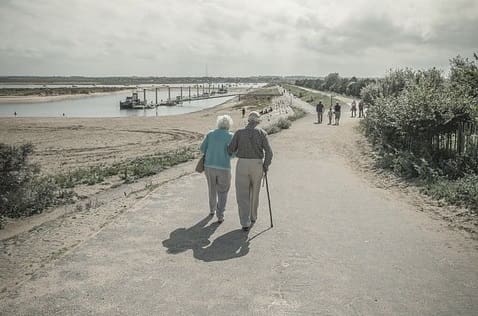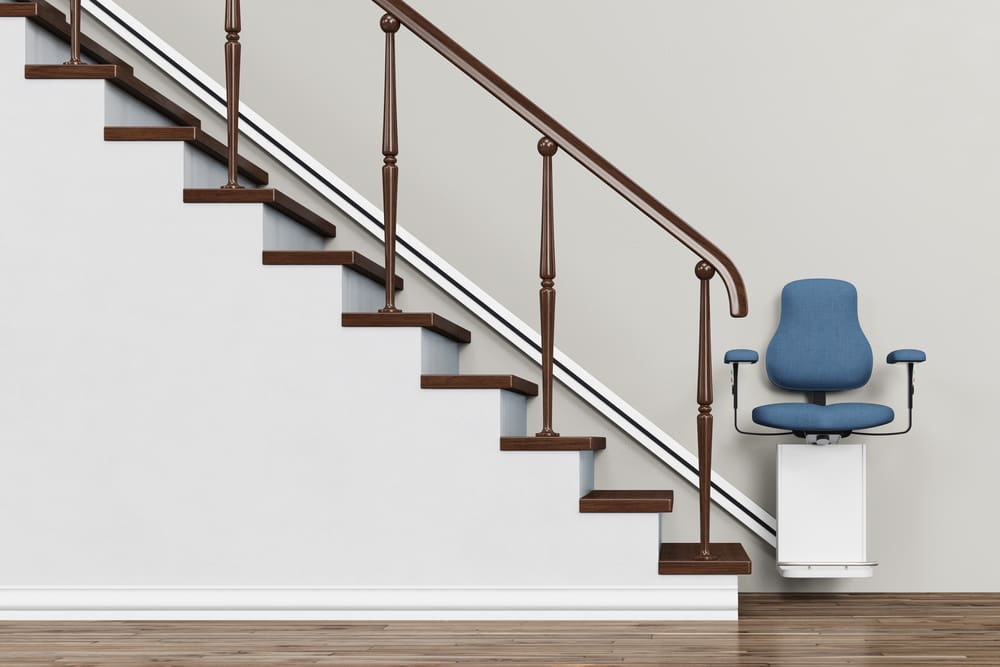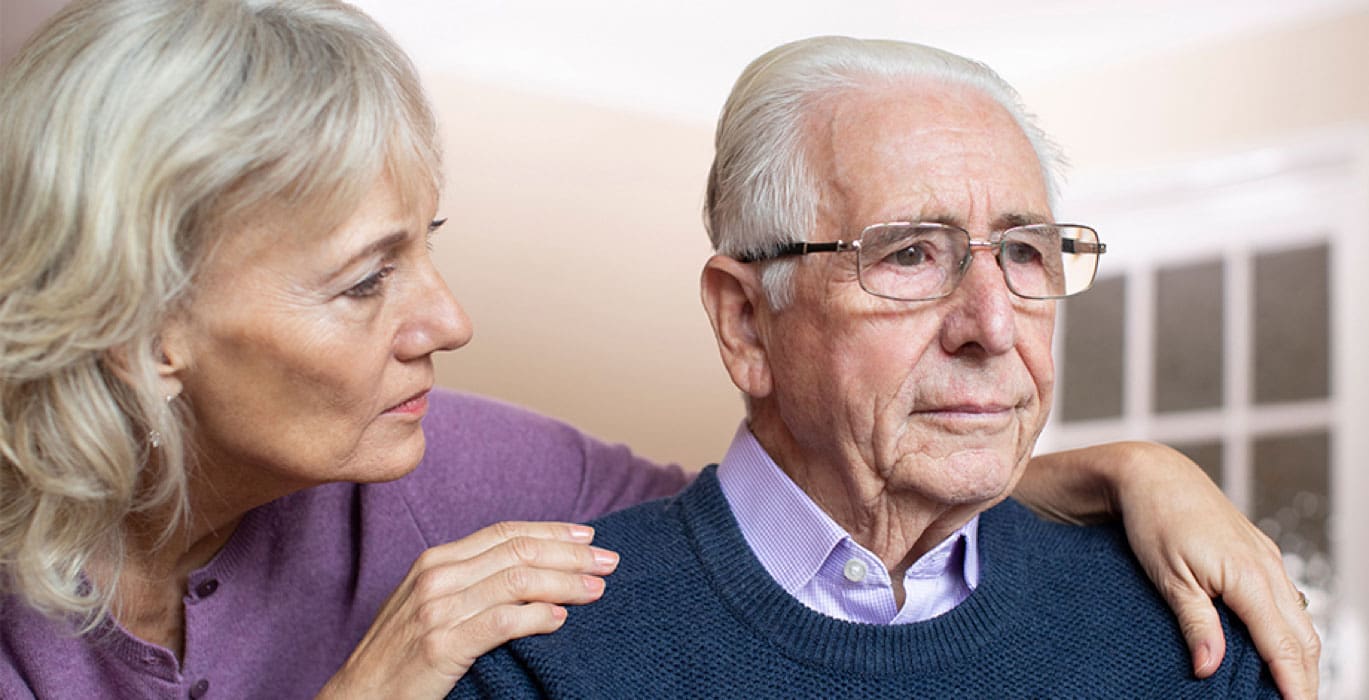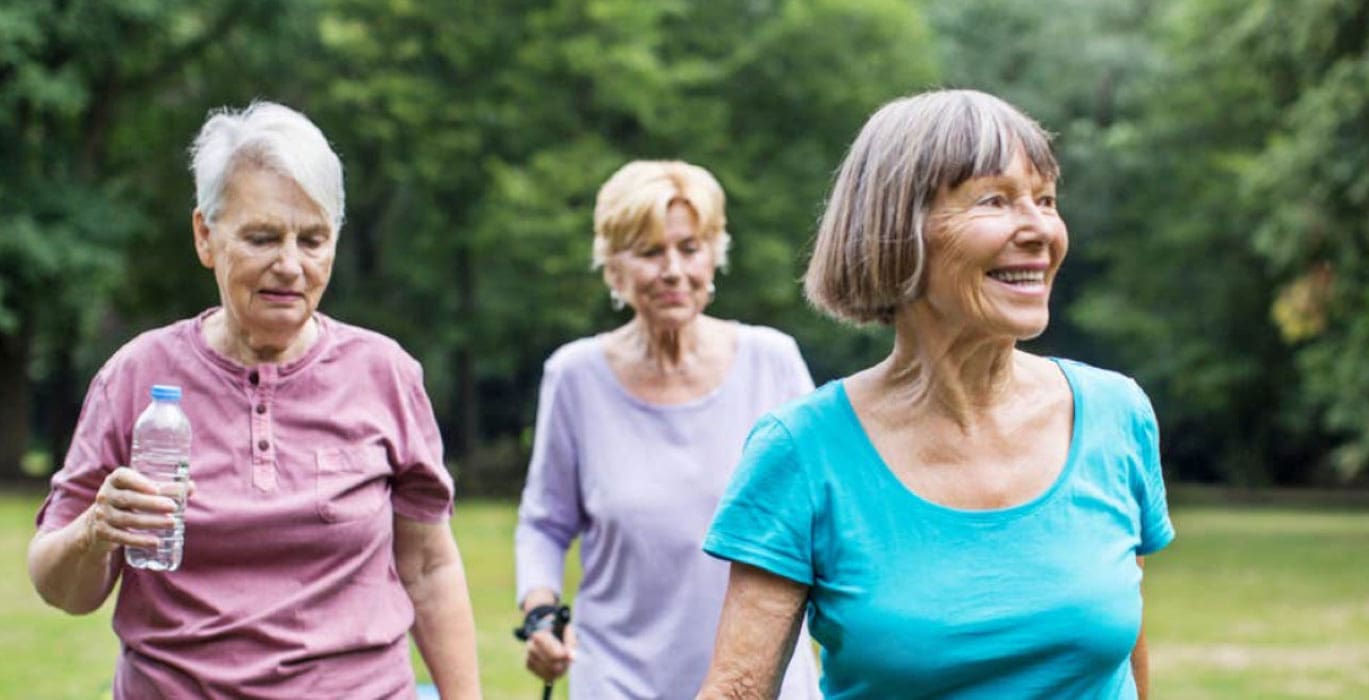Having a fall can be one of the most frightening and debilitating experiences for anyone, as we get older this only increases with declining mobility and function.
Having a fall can be one of the most frightening and debilitating experiences for anyone. As we get older the chance of having a fall only increases with declining mobility and function. Add into this a diagnosis of dementia and the risks of falling increases further.
It is suggested that that older people with dementia are twice as likely to fall than their cognitively intact counterparts. (Shaw et al 2003, van Dijk et al 1993). The consequences of a fall also becomes more significant once an individual has dementia. Someone with dementia who falls is three times more likely to sustain a fracture and three times more at risk of having a fractured neck of femur (Tinetti et al 1998, van Dijk et al 1993). The highest proportion of hospital admissions for people with dementia occurs where the individual has had a fall, and the second highest occurs for individuals sustaining a hip fracture as a result of a fall (Alzheimer’s Society 2009). People with dementia who fall are approximately five times more likely to be institutionalised than those who do not fall (Morris et al 1987).
This of course not only has significant consequences for the person and their carers, but also has a huge cost implication for the NHS estimated at £2.3 billion a year (NICE 2013, p4).
With these facts and figures in mind it is imperative that falls prevention is given a priority as we plan and develop our services. We need to be increasing our vigilance with our risk assessments, promoting falls prevention strategies and ensuring our care staff have training that is fit for purpose and working together to reduce this escalating problem.
Dementia poses a particular challenge, as those who have this condition have to deal with increased risks which may cause a fall.
- Dementia in all its forms has an effect on the individuals' gait and balance, as the condition progresses and as they become less active they are susceptible to muscle weakness and poor mobility.
- Memory impairment may mean that individuals will not remember that they are not safe to walk alone or unaided. They forget to take their walking aid with them.
- Dementia brings with it poor judgement and decreased decision making skills resulting in a reduction of assessing what is safe or not, such as not holding onto bannister rails or walking on icy surfaces.
- An individual’s visual-spatial awareness is also affected resulting in being unable to judge distance or depth or being able to differentiate between different floor surfaces. An individual’s peripheral vision is also compromised resulting in bumping into door frames, walls or objects which will off balance them. The ability to differentiate between certain colours will affect their ability to negotiate different surfaces and around objects.
- Individuals with dementia are more likely to live in cluttered surroundings, they are more likely to hoard and less likely to be amenable to making changes to their environment like removing rugs or rearranging furniture to reduce the risk of tripping.
- There is an increased likelihood of individuals with dementia being on multiple medications which may have an impact of their risk of falls. Antipsychotics and hypnotics have side effects such as a sudden drop in blood pressure and may cause drowsiness which will increase the risk of falls. Medication needs to be reviewed regularly and side effects monitored.
- The other contributing factors to falls for people living with dementia are linked with the inability to communicate needs, these include; restlessness, discomfort and pain, being hungry or thirsty, needing to use the toilet or boredom. If an individual is unable to communicate their needs they are more likely to get up and try and find an answer without considering the risks or waiting for assistance.
As an Occupational Therapist with The Good Care Group one of my priorities is to work with our care teams in the prevention and reduction of falls with our clients. This involves ensuring that we have a robust risk assessment policy which assesses all of the aforementioned areas as well as long and short term health conditions, mobility, sight, and environmental concerns.
Once a thorough risk assessment is completed, a falls management plan is drawn up which puts in place strategies and interventions that reduce the risk of falls, taking into account the individual client and their particular needs and wishes. This may include a home hazzard assessment undertaken by myself. I then work closely with the care team to implement this plan, which is monitored by myself on an ongoing basis. I will then undertake further assessment should the circumstances change or the risks increase.
Strategies that may be put in place to reduce risks include;
- Movement monitors to alert carers when their client is moving.
- Removal of rugs and other tripping hazards.
- Ensuring the client has appropriate footwear if possible.
- Making sure that lighting is adequate especially at night, making use of night lights or movement switches.
- Putting brightly coloured strips where there are steps, or on door frames to increase visibility. Apply these strips to walking frames and sticks to make them more visible.
- Being observant and recognising non-verbal cues when an individual wants to get up and move.
- Encouraging regular movement and exercise throughout the day.
Preventing and assessing the risk of falls in people with dementia is multifaceted and complex; not only does the persons physical health and mobility need to be monitored but we also need to take into account their cognition, perception/vision, environmental and behavioural risks.
Reducing the risk of falls in people with dementia requires a multi-pronged approach needing action and input from all involved in the individuals care, professional and non-professional.
Every time a person with dementia falls they are at risk of physical damage, psychological distress, further deterioration in their cognition and a reduction in their level of independence. So it is imperative that this issue becomes ‘everybody’s business’ producing the improved outcomes for this group of people and those who provide their health and social care by:
- Reducing hospital admissions
- Improving and maintaining the person’s quality of life and independence.
- Reducing anxiety and loss of confidence
- Saving the NHS and social care money
- Reducing both professional and family carer burden
References
- Falls Prevention and Management. Occupational Therapy Evidence Fact Sheet https://www.cot.co.uk/sites/default/files/commissioning_ot/public/Falls-prevention-and-management-Evidence-Fact-Sheet-June2015.pdf
- Safety in the Home. Alzheimer’s Society. https://www.alzheimers.org.uk/site/scripts/documents_info.php?documentID=145
- Occupational therapy in the prevention and management of falls in adults: Practice guideline College of Occupational Therapists.
https://www.cot.co.uk/publication/z-listing/occupational-therapy-prevention-and-management-falls-adults-practice-guideline



